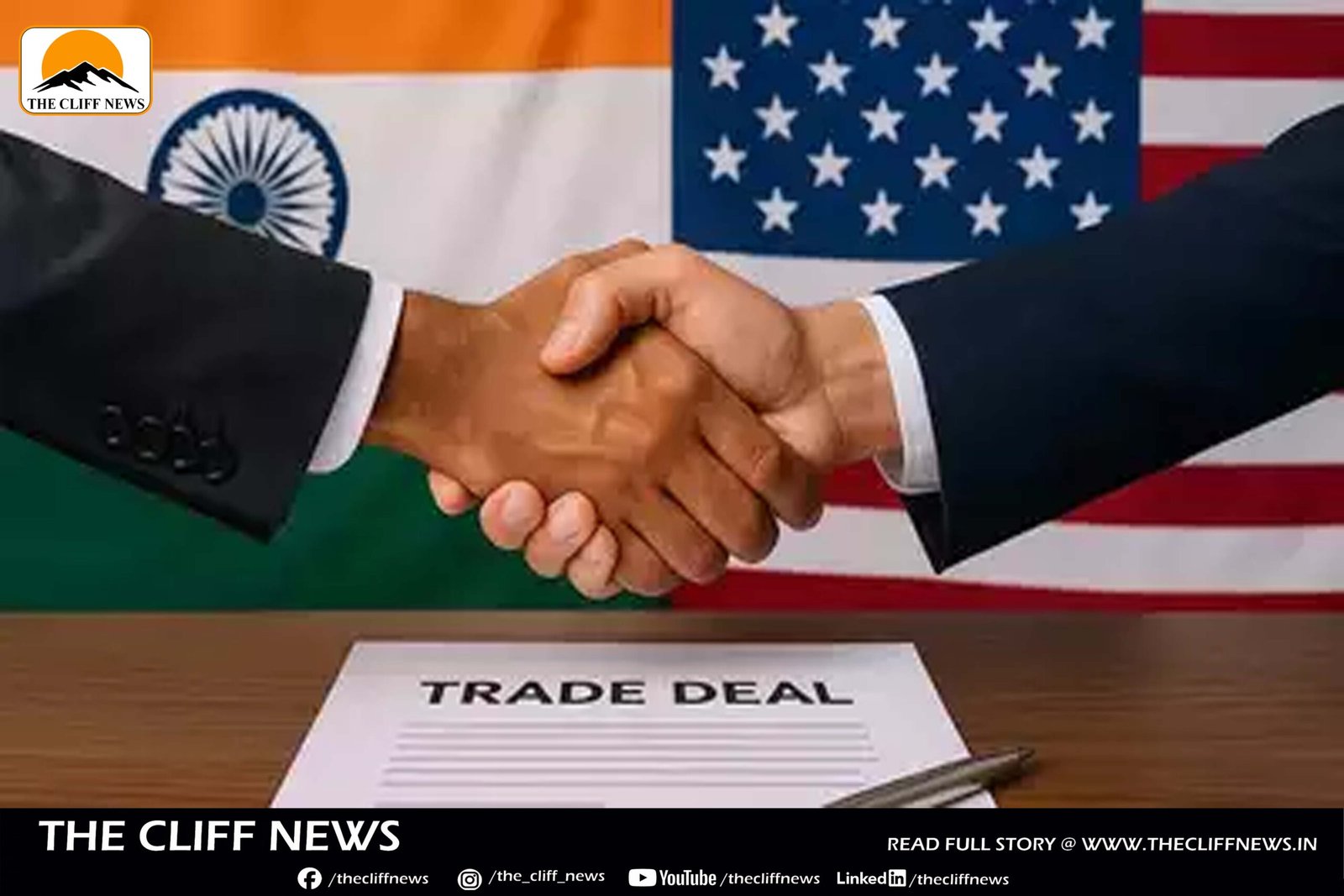India is accelerating efforts to finalize a trade agreement with the United States after US President Donald Trump temporarily paused reciprocal tariffs on several countries, including India, while significantly raising duties on China. The move, seen as part of Trump’s ongoing pressure strategy against China, saw tariffs on Chinese imports hiked to 125%. In contrast, the reciprocal tariff rate for Indian goods remains steady at 10%.
India and the US had previously announced their intention to conclude the first phase of a trade deal by autumn 2025, aiming for a bilateral trade volume of $500 billion by 2030. The recent pause on tariff implementation comes as a relief to Indian exporters, particularly those in the shrimp industry, a government official told Reuters. The official added that India was among the first countries to initiate trade talks with the US and has remained committed to the agreed timeline.
Just a day after imposing high tariffs that shook global stock markets, Trump provisionally reduced duties for key trading partners, including India. The tariff volatility has prompted countries to re-evaluate their global trade strategies.
India is also open to allowing zero-duty imports from the US in several sectors, including those under the Production-Linked Incentive (PLI) scheme, according to a report by The Economic Times. The PLI scheme covers 14 sectors such as electronics, drones, pharmaceuticals, textiles, automobiles, and specialty steel, backed by a budget of ₹1.97 lakh crore. A broader Indian offer could help fast-track the trade deal.
Meanwhile, Apple is reportedly planning to expand iPhone manufacturing in India—a potential shift influenced by Trump’s stricter tariffs on Chinese goods.
Amid this global economic flux, the Reserve Bank of India (RBI) has taken a cautious step to support growth by cutting the repo rate by 25 basis points to 6%. RBI Governor Sanjay Malhotra flagged growing risks to India’s GDP due to rising trade tensions. “The recent trade tariff-related measures have exacerbated uncertainties clouding the economic outlook across regions, posing new headwinds for global growth and inflation,” he stated in the monetary policy announcement.
As global economic policies shift unpredictably, India finds itself navigating a complex trade and economic landscape while trying to safeguard its growth trajectory and global trade partnerships.



